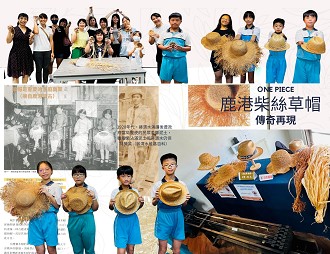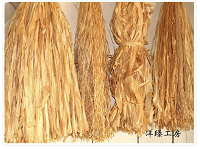 |
"Taiwan's Pioneer in Thin Shaving—le̍h-á-tsháu" by Yangzhen Workshop’s Planer Knowledge Museum |
This article introduces the Taiwan Cypress Straw Hat from the perspective of planers and woodworking. However, we initially struggled to fully understand it since our research started with hat-related information rather than woodworking tools.
|
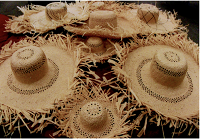 |
"Taiwan Cypress Straw Hat in Lukang, Changhua County" – National Cultural Memory Bank 2.0 |
The photos in this entry, taken in 2006 in Lukang, provided us with a foundational understanding of the Taiwan Cypress Straw Hat. We appreciate the efforts of the Changhua Cultural Affairs Bureau in preserving this cultural heritage. |
 |
"Decline of the Lukang Cypress Straw Craft—Huang Jin-Zhao Hopes for Its Revival" |
This news report quotes Master Huang Jin-Zhao, who emphasized that "the most challenging part of making a cypress hat or any other craft like tote bags is shaving the wood into thin strands." |
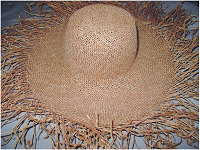 |
"Handwoven Cypress Straw Hat in Changhua—Finishing the Hat Brim" – National Cultural Memory Bank 2.0 |
This entry documents how Ding Long-Zhen traveled to Japan in 1937 (Showa 12) to study the craft. After returning to Taiwan, he refined the material development process and established the first cypress hat material factory in Lukang. |
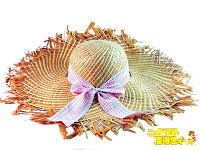 |
"Taiwan’s Last Cypress Hat" |
The shopping list from an online marketplace showed an attempt to purchase a Taiwan Cypress Straw Hat. However, the seller replied that the item was no longer in stock. Interestingly, the store Er-Lu Hat Shop is located in Lukang. The teacher even visited in person to verify, and indeed, no cypress straw hats were available for sale. |
 |
Traditional Rush Grass Weaving Craft Exhibition Showcasing Three Generations of Masters and Students at Lukang Township Library and Art Center |
Lukang Township Mayor Hsu Chih-Hung stated that Lukang, known as an ancient town of traditional crafts, once saw a rise in the craft of weaving shaved hinoki wood strands into hats during the Japanese colonial period. These hats gained popularity both domestically and internationally. This technique, similar to rush grass weaving, has gradually declined due to changes in industrial environments. Mayor Hsu expressed gratitude to Luk Hsiu Community University for previously offering courses on shaved grass strand production, contributing to the preservation and transmission of local weaving techniques.
|
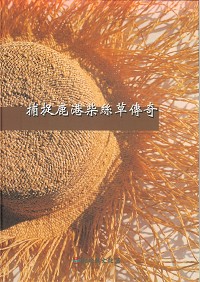 |
Capturing the Legend of the Taiwan Cypress Straw Hat
Author: Huang Chih-Nung
Publisher:Changhua County Cultural Affairs Bureau
Publication Date: June 1, 1995
|
This book documents the history of the once-thriving Taiwan Cypress Straw Hat industry during the Japanese colonial era. Since the craftsmen responsible for shaving the cypress fibers, twisting the strands, and weaving the hats were primarily residents of Tsaiyuan Village, the book contains extensive historical and cultural materials. We also reached out to Master Huang Chin-Chao. Although we were unable to interview him in person, this book allows us to explore the fascinating legacy of the Taiwan Cypress Straw Hat.
|
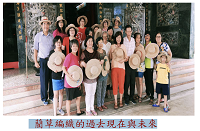 |
The Past, Present, and Future of Rush Grass Weaving |
This document is part of the Ministry of Culture’s community-building and village cultural projects. Since the weaving techniques for rush grass hats and Taiwan Cypress Straw Hats are identical, it offers valuable perspectives for further research. |



